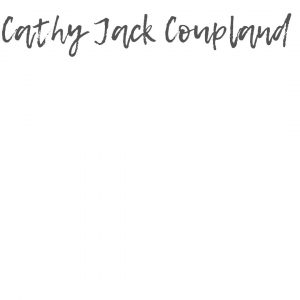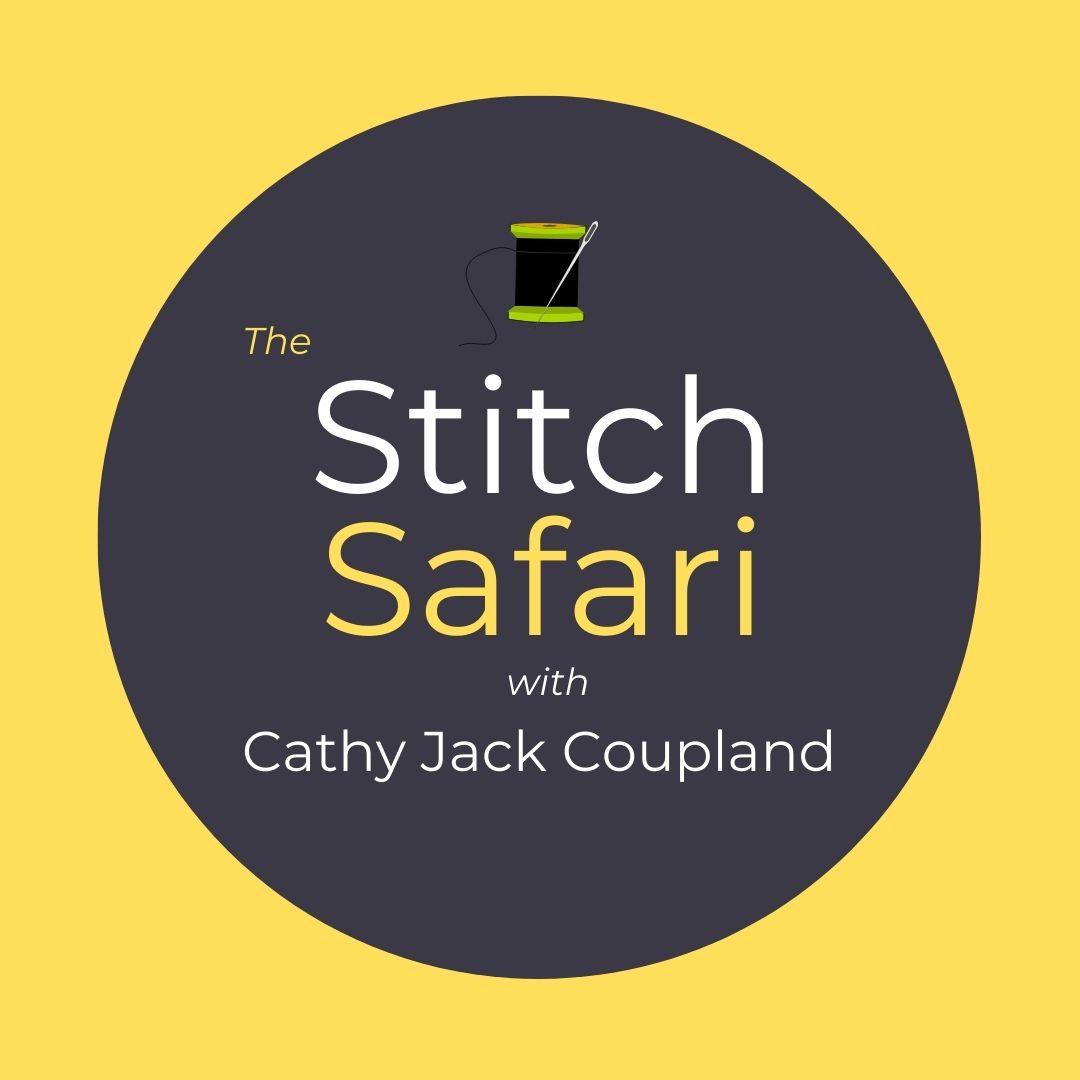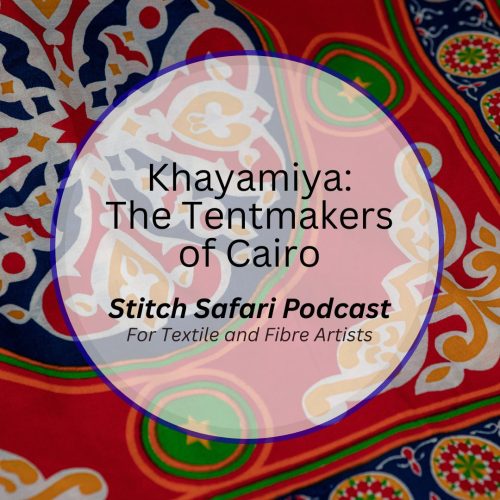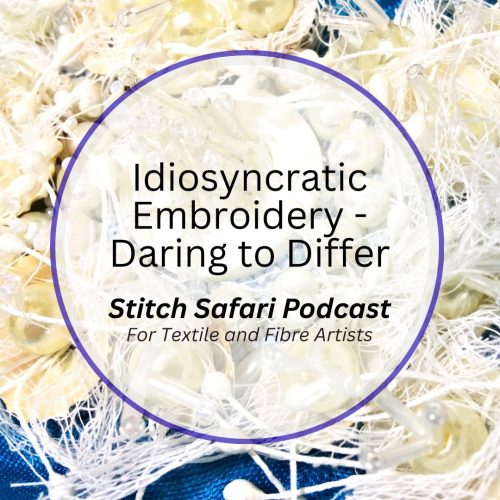It’s been a long while since I’ve researched an art and design genre – and this one is one of my absolute favourites.
Surprisingly, its genesis is not all that modern, harking back to 1818 – however, the energy, whimsy and futurism melded with history is utterly fascinating and highly appropriate for those looking to express themselves and their art with a little bit of a twist.
It’s Steampunk – a retro-futuristic style that’s an absolute feast for the eyes that gives a nod to the past and hope for the future, where sophisticated charm collides with futuristic steam-powered technology. Hence the name.
Emanating vintage vibes this fascinating, exciting, and inspiring genre, an off-shoot of science fiction evokes fanciful machines gleaming with cogs, rods, pistons, levers and gears powered by the pressure of steam, accessorised by the softness and romance of frilly skirts, waistcoats, top hats, pocket watches and parasols, in other words, the garb of the Victorian era.
It’s a paradox that truly works.
Steampunk is a broad umbrella for a style of art, fashion and culture, blending old-world Victoriana with elements from the future that eventually seeped into the visual arts by the 1990s.
But where and when did it arise? What are the attributes of steampunk? How are their principles applied?
And I suppose, most appropriately, is steampunk applicable to the textile arts?
Stitch Safari listeners, there’s a lot for us to get through in this episode and I don’t want to miss a single element. So let’s board our fantastical mechanical time machine, airship or submarine – a hodge-podge of cogs, keys, gears, and watch parts blended with top hats, frilly dresses and parasols – oh, and don’t forget your goggles.
Fasten those whimsical seat belts fellow steamers and let’s dive or take flight into the unknown – into worlds of imagined fantasy to see where it takes us. Become an aviator, submariner, adventurer or explorer.
Let’s find out more about steampunk.
What is steampunk and when did it arise?
At its simplest steampunk is science fiction flavoured and softened with Victorian-era essence utilising technology, history, aesthetics and philosophies of the steam-powered 19th-century Victorian age to tell an inspiring and fantastical story.
This era from 1837-1901 evokes that sense of playfulness and whimsy that true Steampunk tries to look for.
Followers of this genre or style are called Steamers.
Look at those 64 years as inspiration for innovation, flair and pure whimsy – remembering that steam power and some of the fantastical inventions that came with that power were all new to the world.
Its essence is romantic, mysterious, futuristic, historical, mechanical, supernatural and piratical, some are simply bizarre – it’s meant to evoke a sense of ‘a world that never was’ according to a post by The Plainsman Museum, written by Kathryn Larson in 2022, titled Steampunk An Introduction.
It’s based on the familiar but brings with it fantastical, whimsical ideas by developing a fictional story with a historical starting point – perfect I would think to produce amazingly unique works for the textile arts.
Herein lies huge possibility for storytelling, daydreaming and personal expression.
Author KW Jeter first coined the term Steampunk in 1987, quoted as saying ‘Personally, I think Victorian fantasies are going to be the next big thing, as long as we can come up with a fitting collective term….Something based on the appropriate technology of the era; like ‘steampunks’ perhaps’.
But the true inspiration for the genre goes back to the beginning of the Victorian era with one particular literary work – Mary Shelley’s Frankenstein published in 1818.
This one book set the precedent for numerous other science-fiction books and the sub-genre of Steampunk, books such as Jules Verne’s Journey to the Centre of the Earth, 20,000 Leagues Under the Sea, Around the World in Eighty Days, Lewis Carroll’s Allice in Wonderland, Robert Louis Stevenson’s Dr Jekyll and Mr Hyde, HG Wells’s The Time Machine, The Invisible Man and War of the Worlds, Bram Stocker’s Dracula and the writings of Edgar Alan Poe – all written between the mid to late 1800s.
This enabled a new and imaginative way of looking at the world and time evoking feelings of adventure, horror, mystery, romance, fantasy and the supernatural.
This is adventurous inspiration for the textile artist.
Steampunkstyler.com quotes Canadian poet and writer, Douglas Fetherling who describes the steampunk movement as ‘a genre of science fiction that revisits our past as if the future had come earlier’.
In other words, steampunk has it all and has remained popular as inspiration for literature, film, TV and video games.
So what are the basic aesthetics that make up steampunk, what can textile artists look for to help create this unusual theme?
It’s about balancing and preserving that elegant, sophisticated Victorian aesthetic while incorporating steam-powered mechanics with futuristic elements.
This genre is all about texture, intricacy and visual interest so combine a variety of textural elements into your work – things like leather, wood, and mechanical components then add the softness and elegance of the fashionable Victorian era using vintage or replica fabrics and lace.
There’s a broad range of inspiration to choose from that have become synonymous with the genre from historical Victorian attire – think waistcoats, corsets, goggles, top hats and frilly skirts, with the addition of mechanical elements such as keys, cogs, pocket watches, music boxes and old fashioned monocles.
It all works because of the huge scope for creativity in steampunk – it offers a sense of timelessness.
But what it offers is an entirely new world of inspiration.
Think of the juxtaposition of shapes and textures that can be utilised in your design work.
So is this a serious artistic genre that we should be tapping into?
Absolutely.
But be warned – many patterns are out there claiming the steampunk tag have no relation to steampunk, so use your judgment.
There’s the inspiration to be gleaned from the Victorian-era aesthetic that includes lace, velvet, brocade and intricacy – why not explore the Baroque period for their lavish love of the more-is-more principle and pare that against the hard lines of Victorian architecture? Add the fascinating shapes of monocles, pocket watches and intricate bits and bobs of machinery and you have the elements of superb visual storytelling.
I did some online hunting for steampunk-inspired embroidered artworks and patterns and was surprised at the poor responses.
Several pre-programmed machine embroidery designs came up offering cute steampunk motifs if that’s what you’re looking for.
Shutterstock offers royalty-free images. Etsy also offers some steampunk-inspired patterns along with Steampunk charms, but the best inspirational imagery comes from Pinterest.
Mr X Stitch – reviews a project book on 3D Textiles, titled Steampunk Softies by Sarah Skeate and Nicola Tedman. The book contains patterns for characters with names such as Fathomless Tilt, Tompion Zeitgeist, Minverva Dupine and Ferris Scapula and yes, these cute little beings have a steampunk flair and flavour.
Also reviewed by Mr X Stitch is something called Gothic Lolita Fashion, described as a fashion subculture originating in Japan based on Victorian and Edwardian clothing, featuring luxurious coats and dresses embellished with bows, frills and heavy machine embroidery inspired by outrageously intricate Baroque-style design work. This lush commercial embroidery, once unattainable due to its expense, brings a Victorian flourish to a new subculture of mass-produced goods taking everyday items into the luxe Gothic fashion world. Might not be to everyone’s taste but the embroidery ideas are there.
In 2023 the American-based worldwide art quilt organisation SAQA (Studio Art Quil Associates) put out a call for entry for something called Stitchpunk stating the following:
‘Reimagine a world through an alternate, extraordinary timeline. Imagine our bodies merged with our devices or a world shared with sentient robots or other life forms.
- What would a refrigerator, a clock, or even a lawn mower look like if it ran on steam power?
- What sort of people would live on the streets of a decaying metropolis, starkly divided between haves and have-nots, with police drones patrolling above and neon lights cutting through the thick, dirty air?
- Will science and technology free us from mundane daily chores, or enslave us to a global corporate master?
Artists are invited to explore the science fiction worlds of cyberpunk, steampunk, dieselpunk, biopunk, atompunk, clockpunk, nanopunk, and more! The opportunities are endless.’
In 2011 the magazine Cloth Paper Scissors ran an article by Teresa Stanton that inspired textile artist Cyndi Lavin to make and publish a pattern for a steampunk-inspired fabric cuff featuring watch parts and gear charms.
In 2020 American quilter Dominque Ehrmann conceived a work, Time to Break Free, a 14’x7′ installation inspired by the steampunk movement, shown at the New England Quilt Museum, in Lowell, Massachusetts.
This performance storytelling is described as follows on her website: ‘An unidimensional traditional quilt breaks her chains and enters the time machine that will transform it in a 3D form. There’s the heroine, an adventurer, and her companions, the wise fox transporting the fabrics, the fascinating pronghorn transporting the sewing machine and the intelligent raven taking care of the threads. Together, they form a tight and strong team. The scene takes root in the textile artist’s preferred universe: the forest.
A fabulous storyline represented as an assemblage that’s part quilt part installation.
Now heading over to YouTube there’s a lot of steampunk inspiration but not much textile art.
You can learn about the steampunk movement, design a steampunk house, see steampunk artefacts, or see the rise of modern-day inventors.
What I see though is design inspiration – lines, shapes, colours and adventure.
Don’t throw away those old keys or watch parts – utilise them to create assemblages with amazing contrasting shapes and textures.
Re-imagine clothing such as denim jackets with embroidery and applique work on the back and lapels depicting this steam-powered, futuristic genre.
Or large-scale quilts with interlocking cogs – then make it small and hand embroider the same design.
The inspiration is there – I’m thinking corsets, cuffs and chokers – all embroidered.
Steampunk is sassy and bold – and in my opinion underused in the textile and embroidered art arena.
I couldn’t resist buying two books. Jeff VanderMeer writes both: The Steampunk Bible: An Illustrated Guide to the World of Imaginary Airships, Corsets and Goggles, Mad Scientists and Strange Literature, published by Abrams Image in 2011, and The Steampunk User’s Manual: An Illustrated Practical and Whimsical Guide to Creating Retro Futuristic Dreams, published by Abrams Image in 2014.
The fantastical imagination of people who create these drawings and models speaks to anyone wanting to create their own retro-futuristic dreams full of imaginary airships, whimsical inventions and clever gadgets all brimming with uninhibited adventure.
It’s that blending of the old with the new that forms a universe of creativity and fabulous art – the perfect beginning for an adventurous spirit to bend the rules, combine the unexpected and create something unique.
This is the perfect setting for a new body of work – think past, present and future – all with a touch of mystery, adventure and romance.
From a design perspective, Steampunk is simply amazing.
Anyone interested?

Sources:
The Plainsman Museum, Kathryn Larson, 2022, Steampunk An Introduction
Mr X Stitch
Kath Knapp Wearable and Textile Art
Dominique Ehrmann. Time To Break Free
Daisie Blog: Steampunk Art: Merging Victorian Aesthetics and Future Elements, written by Daisie Team, July 2023
Steampunkstyler.com




